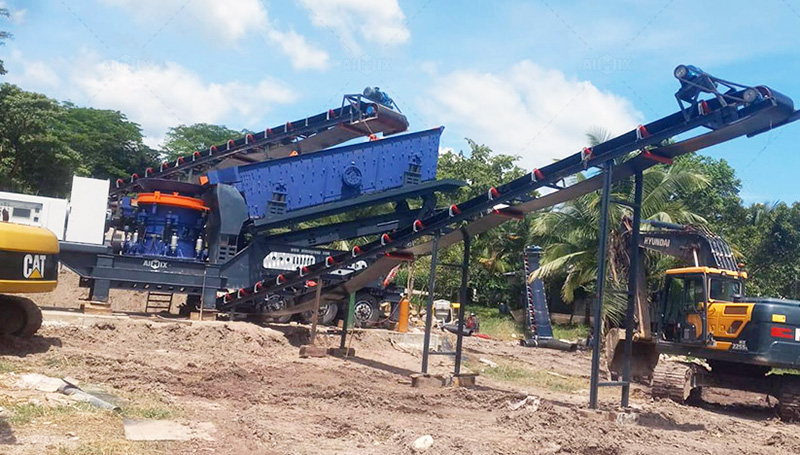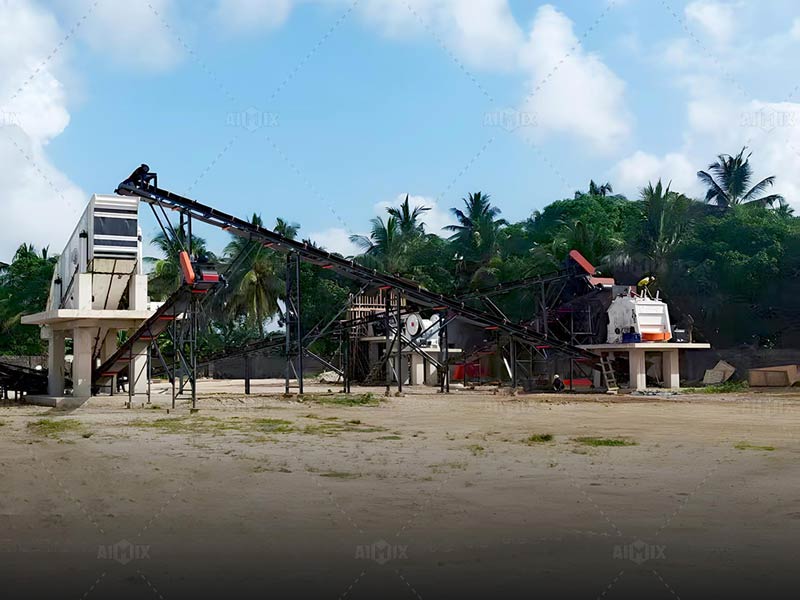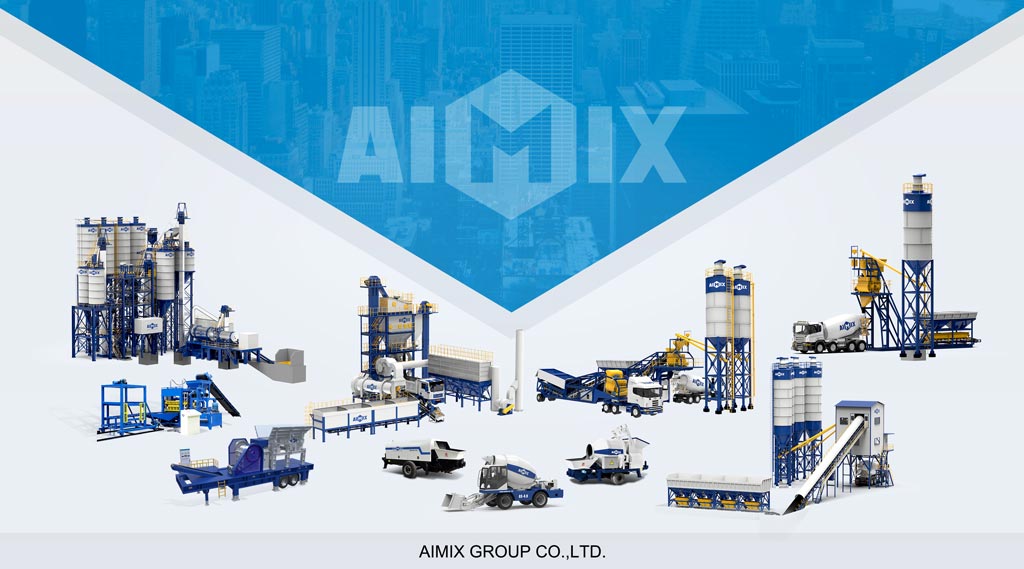Navigating the regulatory landscape for mobile limestone crushing operations requires both technical understanding and bureaucratic finesse. Unlike stationary plants with fixed locations, mobile crushers present unique permitting challenges due to their transient nature and varying site conditions. Operators must balance operational flexibility with environmental compliance, a task demands that thorough preparation and knowledge of multiple regulatory frameworks. The enabling process often serves as the critical path item that determines project timelines and viability.
Successful permitting hinges on anticipating jurisdictional requirements that may differ significantly between counties, states, and environmental zones. From air quality impact assessments to noise mitigation plans, each regulatory body maintains specific thresholds that mobile crushing operations must meet. Forward-thinking operators recognize that proper permitting isn’t just about legal compliance—it’s about establishing operational parameters that protect both the environment and long-term business interests while maintaining community relations.

Understanding Jurisdictional Requirements
Air Quality Permitting Essentials
Mobile limestone crushers typically fall under minor source permitting thresholds but must still demonstrate compliance with particulate matter (PM10 and PM2.5) standards. Many jurisdictions now require detailed emissions modeling that accounts for crusher configuration, material characteristics, and local meteorological data. The EPA’s AP-42 emission factors serve as the baseline, though some states mandate more stringent testing protocols.
Local Zoning and Land Use Considerations
Temporary use permits often govern mobile crushing operations, with duration limits ranging from 30 days to multiple years depending on municipal codes. Limestone crusher machine operators should prepare site-specific impact analyzes addressing traffic patterns, visual screening requirements, and proximity to sensitive receptors like schools or residential areas. Some progressive jurisdictions now offer pre-application conferences to clarify requirements before formal submission.
Environmental Compliance Documentation
Stormwater Pollution Prevention Plans (SWPPP)
Even temporary crushing sites require robust SWPPPs that address potential sediment runoff and equipment washwater. The latest best practices incorporate real-time turbidity monitoring and automated shutoff systems that exceed minimum NPDES requirements. Many operators find that investing in advanced controls actually streamlines the permitting process by demonstrating environmental stewardship.

Noise Mitigation Strategies
Modern mobile crushers incorporate numerous noise reduction technologies, from hydraulic cushioning to acoustic enclosures. Permitting often requires predictive sound modeling using ISO 9613-2 standards, with particular attention to low-frequency noise propagation. Some jurisdictions mandate continuous monitoring with automated alerts when noise levels approach permit thresholds.
Operational Flexibility vs. Regulatory Compliance
Multi-Site Permit Strategies
Progressive operators are adopting umbrella permitting approaches that cover multiple potential sites within defined geographic boundaries. These require comprehensive baseline studies but ultimately reduce administrative burdens for recurring projects. Certain states now offer general permits for mobile crushing operations that meet predetermined environmental criteria.
Community Relations as an Enabling Asset
Transparent community engagement often proves more valuable than strictly meeting technical requirements. Operators who conduct pre-application neighborhood meetings and implement voluntary mitigation measures frequently encounter smoother permitting processes. Some have successfully negotiated longer operating hours or higher production limits through good-faith agreements with local stakeholders.
The mobile limestone crushing sector continues evolving as regulators balance industrial needs with environmental protection. Savvy operators recognize that thorough permitting preparation—incorporating both technical compliance and community considerations—creates competitive advantages. By viewing stone crusher plant permits not as obstacles but as frameworks for sustainable operation, crushing businesses can achieve both regulatory approval and operational excellence. The most successful operations make enabling an integral part of their business strategy rather than an afterthought.

Comments
No comments yet. Be the first to react!